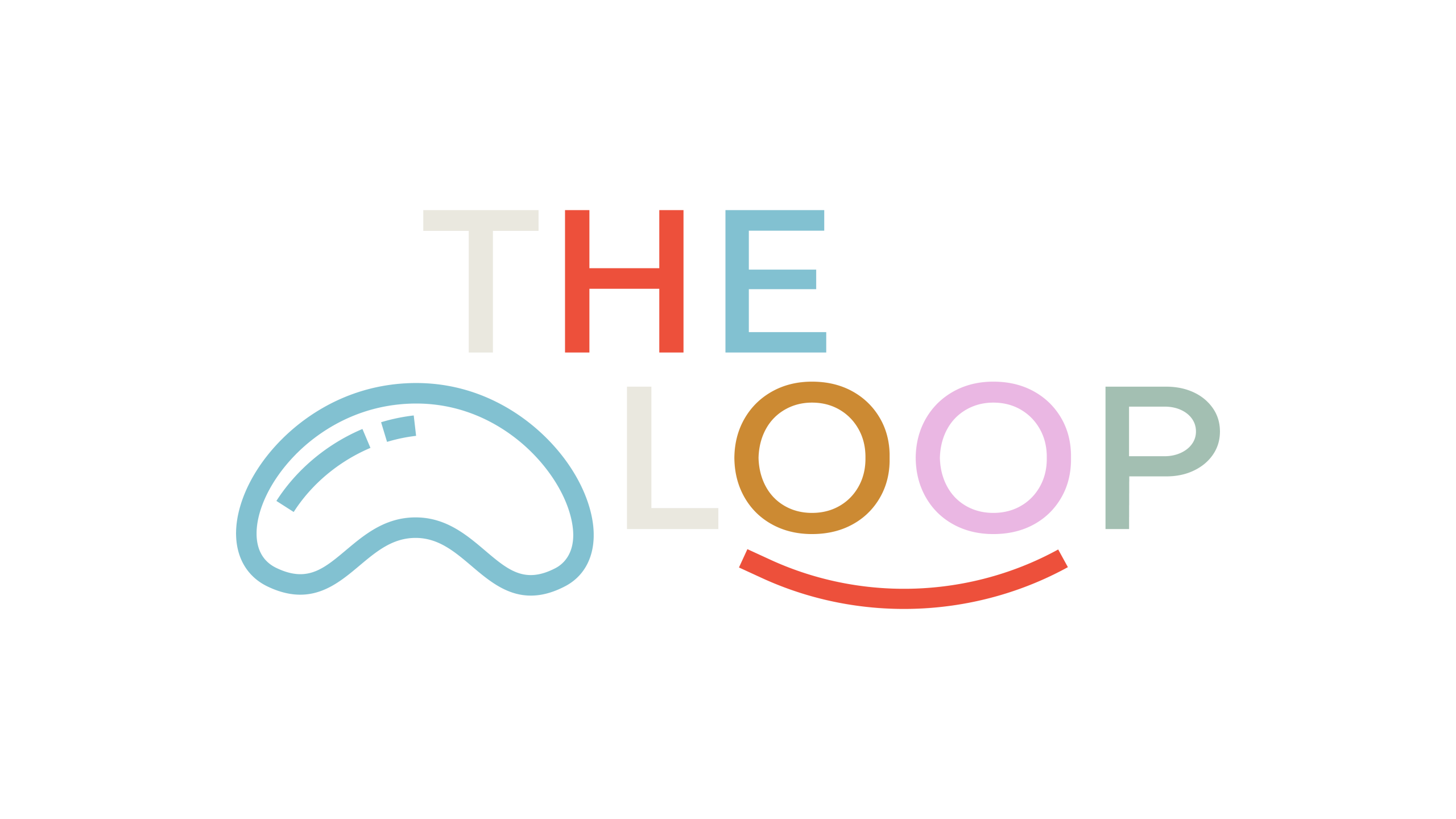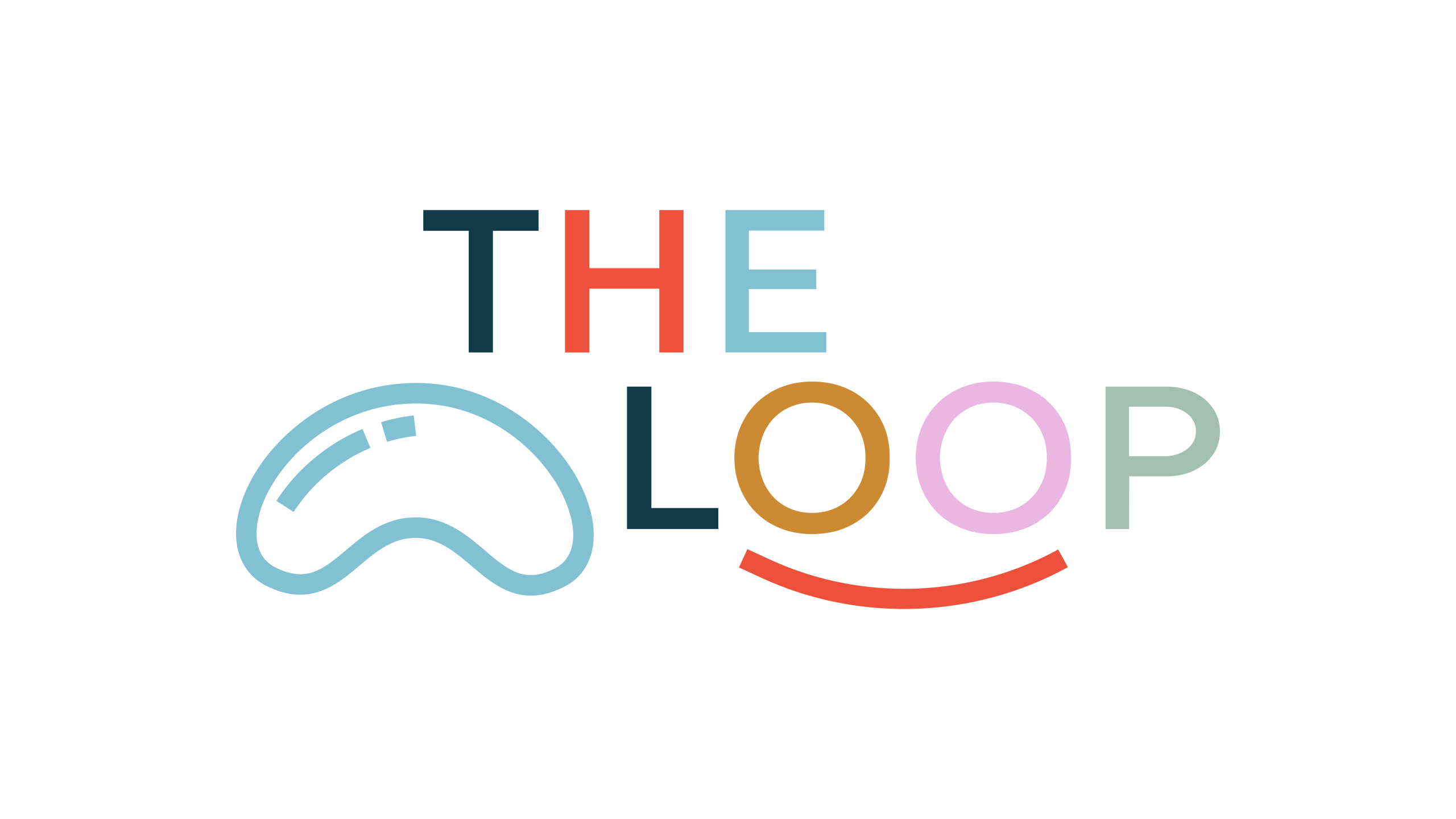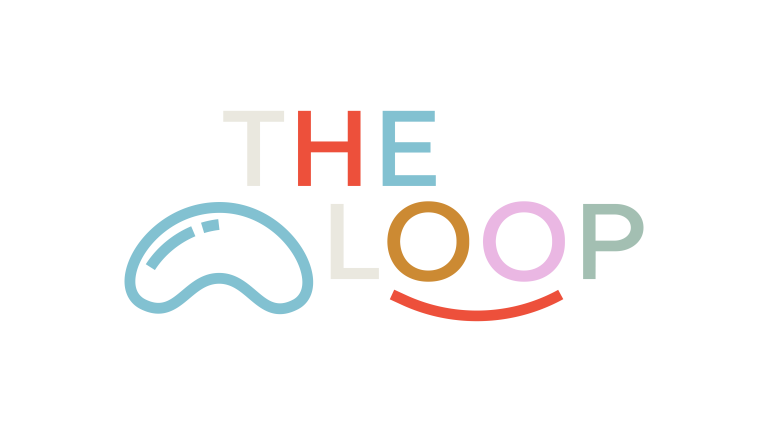
Standardized tests. Just hearing the term probably makes you flashback to high school—
Remember the SATs?
...There you were, hunched over a cheap folding table in the school gym with tons of other stressed-out teenagers for HOURS. You kept worrying about whether your number two pencil was filling in those tiny ovals correctly. What if you scored too low and your top choice college didn’t accept you? Or worse—what if you had to take it AGAIN??
For most of us, this is what we imagine when we think of standardized testing. And just hearing about it’s enough to awaken those old feelings of dread—what if my mind goes blank and I don’t know ANY of the answers?
Partly due to our collective memories of them, standardized tests have gotten a pretty bad rep. Which is kind of a shame, because (despite what you may have come to believe) standardized testing actually IS really important.
Let’s dig a little deeper into understanding why. You *may* even reconsider some of your dislike of them after reading this.
Why are standardized tests important in specialized learning support?
You may not realize that school-based Speech and Language Pathologists (SLPs), Occupational Therapists (OTs), and Learning Specialists regularly use standardized testing to help students in the schools we serve. But they’re an important part of what we do.
As specialists, we rely on a variety of standardized assessments to better understand your child’s learning abilities. They’re especially helpful when we’re getting to know your child, as they provide us with insight into their individual strengths and areas of difficulty.
Standardized tests are usually normed—meaning they begin by assessing a large number of students within an age range, often nationwide. Results are collected and the scores are crunched, combined, and averaged together. This allows a picture to emerge about how certain grade levels and peer groups typically perform on a given task.
If you’ve ever heard of a bell curve, this is a visual map of normed performances on a standardized test. The height of the curve shows the median, or average, score.
Standardized tests usually include scores from thousands of students with diverse backgrounds from across the country in their samples. So, instead of comparing your child’s performance to just their classmates’, standardized assessments allow us to look through a much wider lens.
Why does my child need standardized testing?
First thing’s first—your child isn’t in trouble and hasn’t done anything wrong for us to test them! Standardized tests are a tool we use to better understand how a student is using the building blocks of learning.
Much more than a pass/fail model—they offer us a glimpse into your child’s awareness and mastery of key skills related to speech, language, cognition, and literacy. And they show us any places we can help them succeed.
Standardized test scores are also necessary for the development of an Individualized Educational Plan, or IEP. In order to qualify for special education and therapy services in the school setting, your child must demonstrate a need for increased assistance in one or more areas of learning in a standardized assessment.
Whether we agree with it or not—standardized tests are part of our educational system. They help kids qualify for the services they need. And getting necessary services is a good thing!
What are the most common assessments we use?
There are many different standardized assessments school-based specialists use, but here’s a round-up of the most common ones. So you can stay in the know if we ask to administer one of these to your kiddo—
Clinical Evaluation of Language Fundamentals (CELF-5)—We use this to assess a variety of communication and language skills, detect any issues and plan therapy. It’s a go-to in the school SLP’s toolbox because it’s both thorough and flexible. It includes a number of tests we can administer separately or in combination. Age range—5-22 years Testing time—30 to 45 minutes
Phonological Awareness Test (PAT-2)—We use this one to look at spoken and written language skills. It asks kids to demonstrate their skills in speech sound awareness, sound combinations, letter-sound correspondence, and rhyming. It creates a picture of a child’s knowledge of the sounds of spoken language, or phonological awareness. This is an important skill, and is also foundational in literacy development. Age range—5-10 years Testing time—40-50 minutes
Goldman-Fristoe Test of Articulation (GFTA-3)—This is the gold standard (ha, see what I did there?) of articulation tests. Articulation is our ability to pronounce the sounds, sound combinations, and words of our language. Many kids experience difficulty with pronouncing one or more sounds. This test helps show where a child struggles with articulation, so we know where to focus our efforts in therapy. Age range—2-21 years Testing time—10 to 20 minutes
The Kaufman Test of Educational Achievement- Third Edition Brief Form (KTEA™-3 Brief)— In order to learn effectively, kids must develop skills in many areas. This test assesses essential learning skills in reading, math, written language, and oral language, and can help identify learning disabilities or measure progress or response to intervention. Age range— 4.5 to 25 years old Testing time—around 1 hour
The Bruininks-Oseretsky Test of Motor Proficiency Second Edition (BOT™-2) — motor skills can impact a child’s ability to access their classroom materials and impact learning. The BOT-2 covers a broad array of fine and gross motor skills, providing six composite scores and one comprehensive measure of overall motor proficiency. It looks at vestibular and non-vestibular balance, coordination, dexterity, functional mobility, gait, strength, upper extremity function, and vestibular abilities. Age range—4 years to 21 years Testing time—between 15 to 60 minutes
The Sensory Profile 2 — Like motor skills, sensory processing can impact a child’s ability to participate at home, school, and the community. The Sensory Profile 2 identifies and documents a child’s sensory strengths and challenges . This allows us to determine how sensory processing may be contributing to or interfering with a child’s learning and develop effective treatment plans, interventions, and everyday remediation strategies. Age range— birth to 21 years Testing time—between 5 to 20 minutes
Now that you’re more acquainted with some of the tests you and your child might encounter, let’s take a look at how these tests are typically scored.
How are standardized tests scored?
Your head is spinning with all the scores being flung at you. What does it all mean? And how do they apply to the real world?
There are two main ways we talk about scores on standardized tests.
They are—Percentile Rank (PR) and Standard Score (SS)
You’re probably most familiar with percentile ranking, because that’s how most tests you’ve taken have likely been scored. When you got a 92% on that math test you thought you bombed (woot woot!), you understood that meant you only got 8% of the questions incorrect, landing you that coveted A.
For standardized tests, however, percentile ranking is a bit different than you’re used to. It tells where your child’s score falls in the range of other kids who took the same test.
So, if your child scores in the 55th percentile, this means that 44% of kids tested scored higher than they did, while 54% tested lower. Percentile Rank also gives us a range of scores that are deemed “within normal limits,” based on the bell curve of the normed sample for a given assessment.
Standard Scores tell us where your child’s score falls related to the average score on the test given. For example, say the average score on an assessment is 100 (common for many standardized tests). Scores within 15 points of that average (or mean) score are considered within normal range. So, scores between 85 and 115 all fall under the average range umbrella. Whereas scores below or above this range are either above or below average. Make sense?
If there’s one thing we want you to know, it’s to not focus too much on your child’s score—We don’t. While knowing this information is important, we also look at your child’s specific responses to individual testing items.
We often make notes in the margins. This way, we can remember what your child said, how they acted, how long it took them to respond to different questions, We keep track of this, and any other specific information we want to remember when it comes time to create an individualized plan for intervention.
So, while scores are important, they’re only a small part of what we specialists rely on when reviewing the assessments we administer.
What are the limitations of standardized testing?
You didn’t think we’d just be singing their praises, did you? Look—standardized assessments are a great tool in the toolbox of school-based specialists, but they aren’t the only tool we use—with good reason.
For one thing, standardized assessments offer a broad but relatively shallow view of abilities. They’re designed to take a snapshot of performance in a variety of areas, rather than offering a deep dive into a student’s capabilities. Most bounce around and take a quick look at performance in several different skills.
For another, they’re typically administered one-on-one. This controlled setting doesn’t truly reflect how students interact in the classroom—where there are many other factors at play that can impact learning.
Still, if we can understand and accept their limitations, standardized tests can be a helpful way for us to find learning trailheads to explore further in therapy.
Standardized tests are an important part of the big picture
Not only are they a necessary hurdle to securing therapy and special education services, they’re also an important part of the big picture when it comes to understanding your child’s areas of strength and struggle in their learning experience.
They give us an important glimpse into your child’s inner world of speech and language development. And, if therapy is indicated, they help to anchor our individualized plan for intervention.
We use the information we gain from testing along with our clinical knowledge and judgement, our interactions with your child, and interviews with their teachers and other educational professionals. This allows us to create a holistic learning plan—designed for your child.
We observe your child in the classroom, so we can see how they interact and if any modifications need to be made to support their learning in school. We also rely on information from you, because we know you’re the expert on your child and see things we might miss. We always welcome parents to partner with us when they’re able!
Standardized testing is an important piece of the puzzle that shows how your child is learning. Everyone has learning strengths and weaknesses. If we can better understand your child, we can play to their strengths and offer guidance where they need extra support. Testing is a tool we use to gain a better understanding of the unique, dynamic learner that is your child.
Have more questions? We’re always happy to keep you in the loop about standardized testing and your child! Reach out to us at info@theloopsll.com, or visit us at www.theloopsll.com for tons of helpful info!


